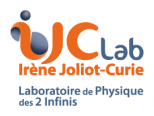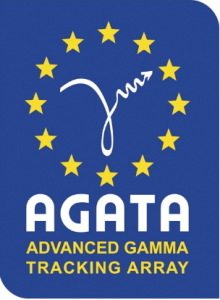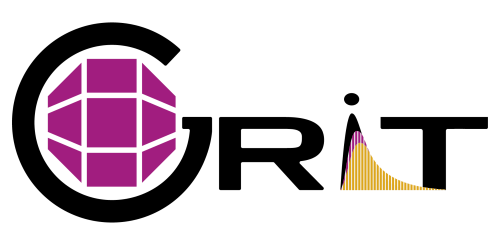
The Nuclear Physics pole of IJCLab is the result of the reunion of the IPN and CSNSM teams, themselves stemming from a long line of physicists going back to the foundation of the Orsay campus and to the very origins of this discipline in France. The pole has a scientific culture built up over more than six decades in two laboratories that interacted continuously, one, pioneer in the heavy-ion field and builder of GANIL, and the other, a forerunner of mass spectrometry techniques, nuclear spectroscopy and ion sources. The combination of these teams has led to a scientific pole with about 70 researchers (one third of whom are PhD students) whose scientific profiles are oriented towards the construction of new instruments, the development of new beams and the deployment of our expertise concerning all facets of nuclear spectroscopy.
The nuclear physicists of our laboratory thus have a strong involvement in national and international projects. Locally, they also make an essential contribution to the development and the scientific exploitation of the Andromède and ALTO research platforms. They find themselves in a natural network of close collaborations not only with the teams of these platforms but also with certain teams of the Accelerator Physics pole. There are additional convergences of thematic interests with certain teams of the A2C Pole (nuclear astrophysics), the E&E Pole (nuclear data, materials under irradiation, targets) and the Theory Pole (strong interaction and many-body problem).
The pole in the IJCLab highlights
- Celebration of 90 years of artificial radioactivity at IJCLab
- Araceli Lopez-Martens elected as president of the European Nuclear Physics Division
- Tribute to Sydney Galès
- 88th meeting of the Bureau of the Division of Nuclear Physics at the IJCLab
- ALTO at RADECS conference
News of the pole
- SIRIUS sees its first beam at GANILSuper-heavy elements do not exist in nature and can only be synthesized at accelerator facilities in minuscule amounts amidst a huge background of other nuclear reaction products. For a successful experiment, two conditions must be satisfied: to be able to… Read more: SIRIUS sees its first beam at GANIL
- Experimental studies of clustering in light nucleiThe phenomenon of cluster formation is a widespread occurrence in different physical environments, being characterized by the partial or total aggregation of the elementary constituents in complex structures which break the environment’s overall homogeneity. In such systems, the cluster formation… Read more: Experimental studies of clustering in light nuclei
- The astonishing superheavy elementsThe infinitely large and the infinitely small are the natural limits of human perception. While situated at opposite extremes in terms of size, the two concepts are united by the fact that they are the frontiers of scientific inquiry and… Read more: The astonishing superheavy elements

















